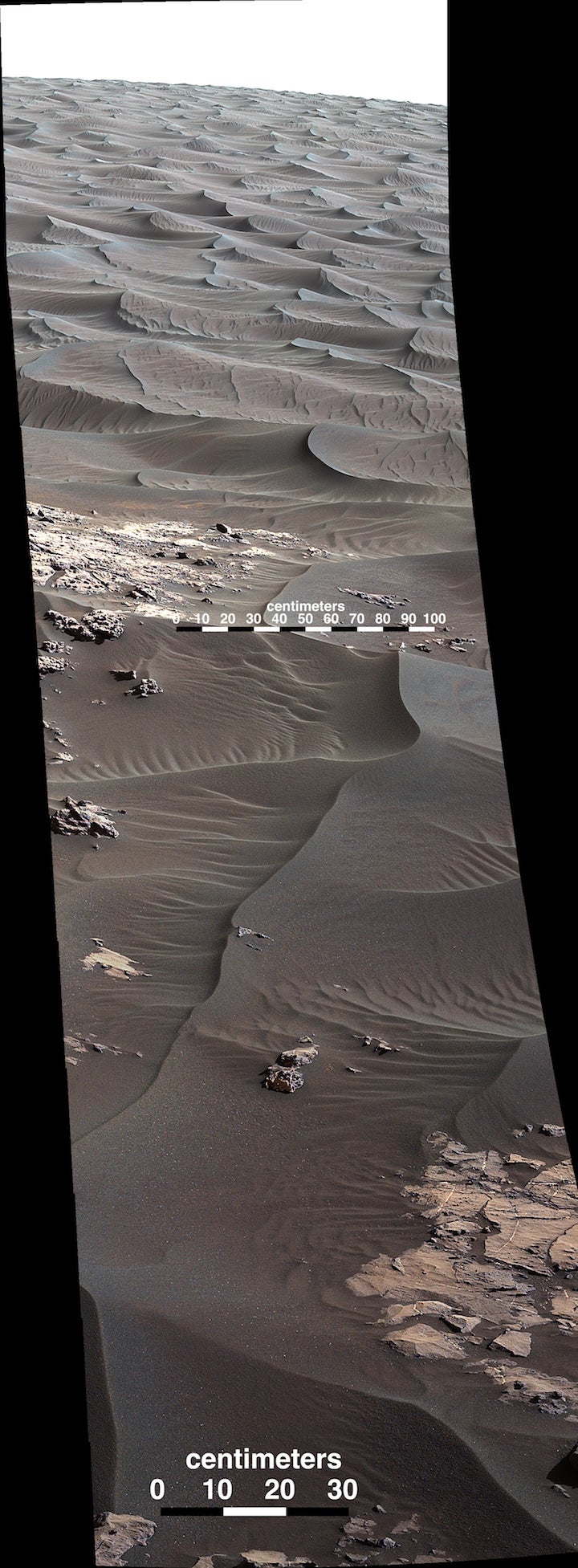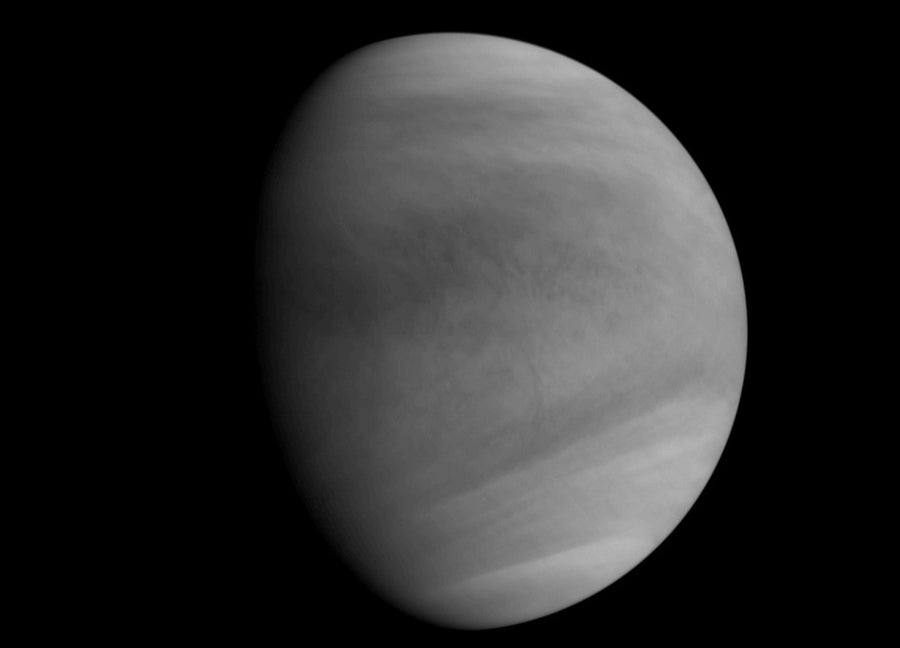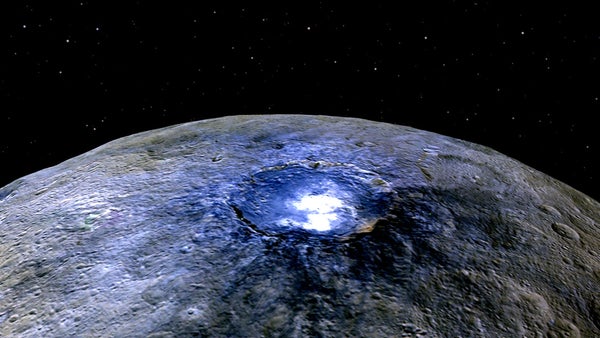This article was published in Scientific American’s former blog network and reflects the views of the author, not necessarily those of Scientific American
Salty Ceres
Since NASA's Dawn spacecraft homed in on the dwarf planet Ceres - a sphere some 940 kilometers across in the solar system's asteroid belt - there have been some big open questions about strange features seen on the surface.
Most striking of all are areas of very high reflectivity. The brightest of these regions, inside the Occator crater (see image above), has defied easy explanation - it's not water ice and the crater itself is only about 78 million years old. But this patch is not alone, altogether there are some 130 excessively reflective spots on Ceres that are generally associated with impact craters.
On supporting science journalism
If you're enjoying this article, consider supporting our award-winning journalism by subscribing. By purchasing a subscription you are helping to ensure the future of impactful stories about the discoveries and ideas shaping our world today.
A new study in Nature by Natheus et al. seems to have some preliminary answers. The bright patches appear to be composed of salts - forms of magnesium sulfate in particular. Not only that, but there's evidence for a low-hanging haze that develops in the bowl of Occator crater with a diurnal cycle - possibly consistent with previous observations of water vapor lurking in a tenuous atmosphere around Ceres.
A second Nature study by De Sanctis et al. use Dawn spectroscopic data to detect the widespread presence of ammoniated phyllosilicates (ammonia-rich clays) on the surface of Ceres. But no water ice.
So how do all these observations tie together?
The ammonia-based compounds suggest an origin further from the Sun. At the present temperatures on Ceres ammonia will sublimate away to space very rapidly. But these clay materials could have formed readily in the cold outer solar system. That means that either Ceres is itself an interloper from the outer realm of the solar system, or it was coated in material that came from those distant, cold regions.
The salty deposits in Occator suggest that briny water once sublimated away here - leaving those compounds. Today's coming and going of an above surface haze is akin to the kind of activity we see in comets - dirty, dusty material mixed with water ice is lofting above the surface when some of the water sublimates. But he global array of other bright spots strongly suggests that beneath the surface of Ceres there could be a substantial layer of salty water-ice.
In other words, Ceres is part planet, part comet.
Martian Dunes
NASA's Curiosity rover is about to get its scoops dirty again. Positioned near a dark sand dune named (not very originally) 'High Dune", in among the Bagnold Dunes of Mount Sharp's northwestern flank, the rover will deploy its scoop arm to capture a sample and bring it to the onboard chemical analysis lab. These dunes (shown below) are active, moving by as much as a meter a year as the thin martian atmosphere blows the very dry particles around.

Dunes on Mars (Credit: NASA/JPL-Caltech/MSSS)
Venus at Last
In space exploration there are seldom any second chances. Either you succeed first try or you wind up on the wrong trajectory with something solid and unfortunate in the way, or you run out of fuel, or your instruments stop working, or the software crashes, or....well, you get the picture.
But sometimes patience and ingenuity can salvage an otherwise disastrous situation. The Japanese space agency JAXA has managed to accomplish just such a rescue.
The Akatsuki mission to study Venus was launched in May of 2010 bound for a rendezvous with Venus. But in December of that same year the spacecraft's main engines only fired for 3 minutes instead of the needed 12 minutes to insert into a stable Venus orbit, and Akatsuki barreled off on a Sun-centered orbit for the past 5 years.
After testing the main Orbit Maneuver Engine (OME), the JAXA scientists realized that part of the exhaust system was effectively destroyed. That left only the small hydrazine thrusters. Yet, very cleverly, back in 2011 the spacecraft was able to tweak its trajectory to allow for an attempt to get into a much higher-than-planned elliptical Venus orbit in 2015. Effectively the spacecraft had to wait to catch up with Venus again.
And that is precisely what took place on December 6th (EST) 2015. Cranking the spacecraft thrusters to the max, the spaceflight team got Akatsuki into a 13 day orbit around Venus (a much larger, longer orbit than the originally planned 30 hour one, but still). The hope is to reduce this somewhat to about 9 days.
The science goals are to study the venusian atmosphere - its composition, clouds, and even electrical activity.
This was truly a second chance, and one very well taken. To cap it off, here's a picture from Akatsuki not long after orbital capture.

(Credit: JAXA)
